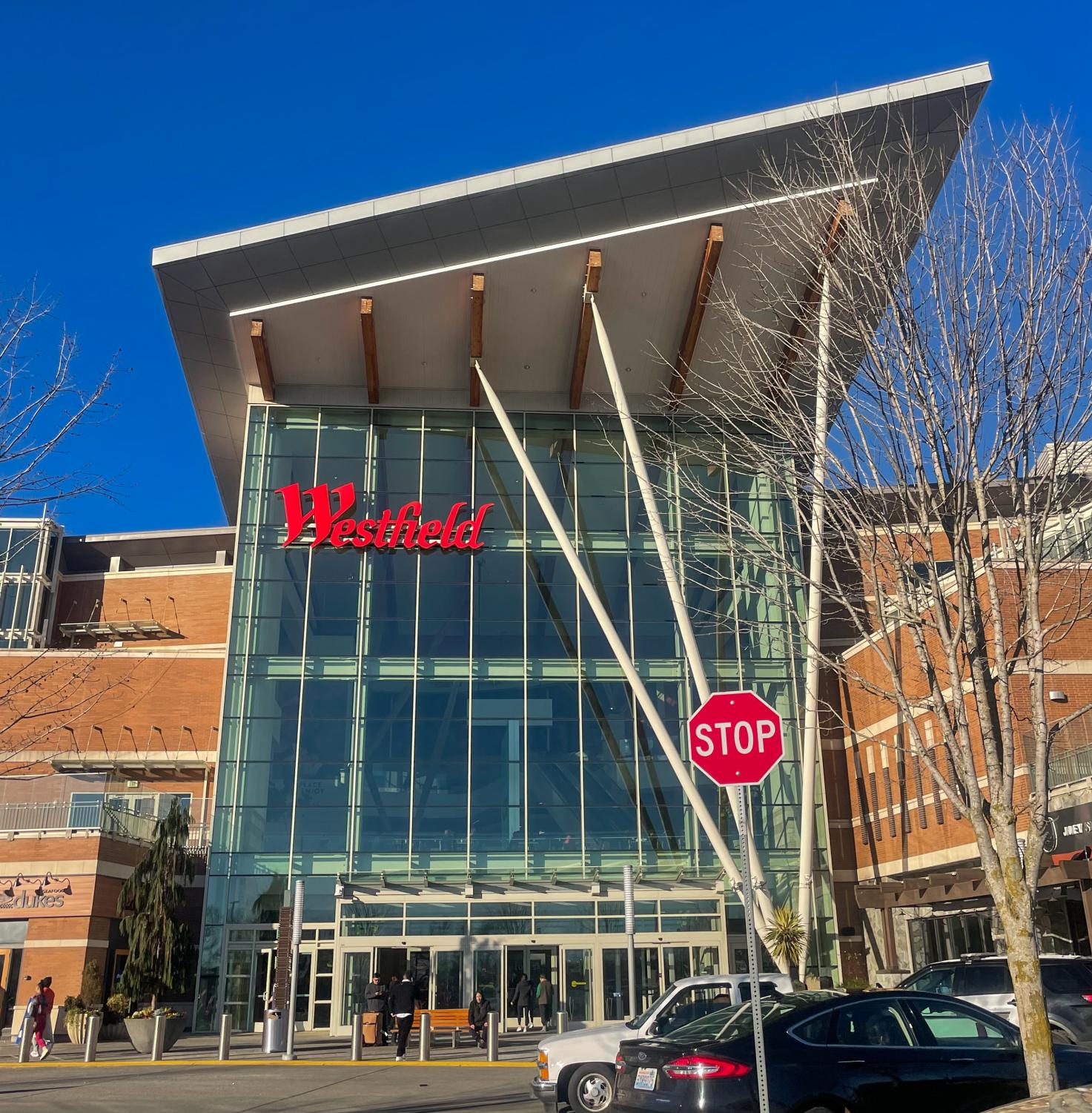Be stylish but sustainable
How fast fashion hurts everyone involved
February 9, 2023

For some people, clothes are just the pants, shirts and shoes that we wear. For others, clothes are used for artistic expression. Fashion makes people feel confident and attractive, but when designer clothes are too expensive, cheaper options may do more harm than good.
Modern fashion icons like Harry Styles, Zendaya and Lil Nas X have set the stage for what it means to be fashionable and artistic. However, the main thing separating celebrity wardrobes from the average person’s is budget. Styles has access to just about anything Gucci sells. He even has his own collection called “HA HA HA,” which is based on the first two letters of his name. In this collection, items range from $720 for a scarf to $4,600 for a jacket.
Fans of fashion typically cannot afford the same luxury clothes that their role models wear. So when they want to emulate their wardrobes, they have to turn to the next best – or worst – thing: fast fashion. Brands like SHEIN can be found online, where they sell tops, pants and even shoes for prices as low as $3. Other brands can be found in your local shopping mall with similar quality clothes but higher prices.
These deals seem great at first. With SHEIN, you can buy an entire outfit that resembles designer clothes for an affordable price. But what most consumers do not know is that fast fashion is one of the leading causes of pollution. SHEIN especially is known for shipping their products in individual plastic bags, adding additional waste to each and every order.
In addition to environmental harm, SHEIN reportedly has employees work 17 hours a day with the possibility of having their paychecks docked if they do not meet the daily quota according to the Channel 4 documentary “Inside the SHEIN Machine.”
Like many young people, I often find myself contributing to fast fashion sales. It’s almost all around us. My local shopping mall in Tukwila has H&M, Forever 21 and UNIQLO, among many other stores that follow fast fashion trends. I used to visit H&M frequently because I liked their simple clothing style. But what I noticed after a few years of buying their clothes was how easy they shrunk, faded in color or even tore.
My solution to this was to start thrifting. By purchasing clothes at stores like Goodwill or Value Village, I could give old clothes a new life in my wardrobe while also saving money in the process. But my main struggle with thrifting is how difficult it can be to find clothes that both fit and resonate with me. For me, clothes are for artistic expression. If I cannot wear something that suits my personality, then it may not be something I want to wear at all.
A reason fast fashion may be so popular is because of its convenience for both the producer and consumer. If you like to order online, then you can scroll through hundreds of websites and find thousands of clothes that suit your style. For the manufacturer, it is easy to pump out inexpensive garments and mark them up to make a profit.
Although it may be easy to shop at stores like SHEIN, H&M, Hollister and American Eagle, at the end of the day, it is unsustainable. I love expressing myself through the clothes I wear. But I would rather wear clothes made with good intentions than clothes that are made to end up in a landfill. However, there are ways to abstain from the consumption of fast fashion garments. Apps like Depop even allow you to easily sell your old clothes and purchase clothes from other people’s wardrobes.
If you would like to change your wardrobe to be more eco-friendly, consider thrifting at your local second-hand shop or even swapping clothes with the people in your area. By doing so, you are helping to prevent additional waste from entering landfills, protesting unethical working conditions and giving clothes a second or even third life.

























































































